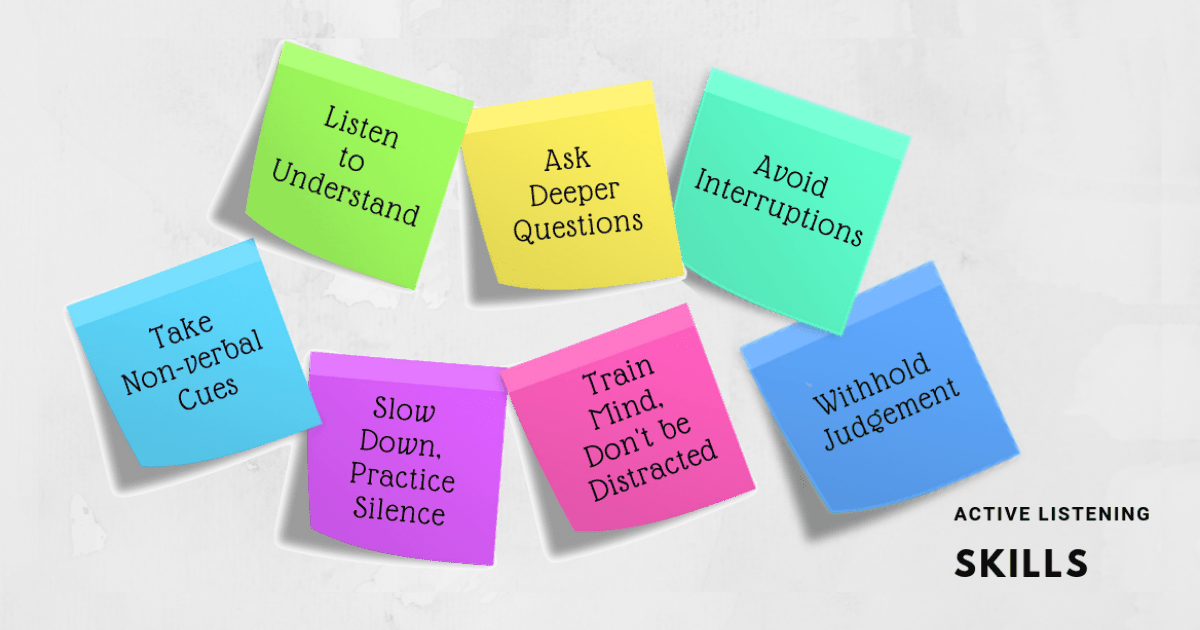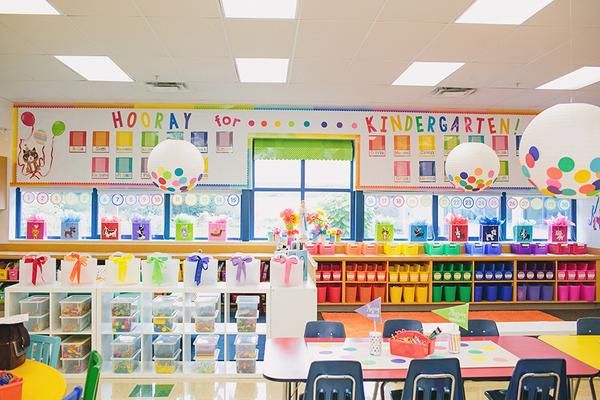Same, Same, but Different
As educators it is our job to teach students a surplus amount of information on varying topics. One responsibility that a teacher has is teaching students about different cultures that exist around the world. People live different lives depending on where they are but the basic concept of being a human does not change. Wherever people live they go to school, their parents go to work, they live with their families, they eat dinner and play. The activity may not be done the exact same way depending on where someone is located but it is experienced and lived out by everyone. A resource I cannot wait to use in the classroom is a book called “Same Same, but Different”.
It is about these two little boys who become pen pals and are curious about one another’s lives. Through the story the boys share with one another and learn that their worlds are “same same, but different.” It is such a cute story and gets the point across that we are all humans and we all go about life relatively the same as one another but it can differ in countless numbers or ways. There is a lot that can be done with the story. An activity I would love to do is give my future students a pen pal. I remember in elementary school I had a pen pal and we would write to one another every month. It was fun and exciting way to learn about another person’s life whose was the same same as mine, but different. I would enjoy giving that opportunity to my students, a memory they too, can have forever. It is such an authentic way to gain a sense of awareness of other cultures and the different ways life can be experienced!

How Not to be “That” Group Member When Collaborating with Peers.
Have you ever been apart of a group for a project and have that one member of the group you don’t hear from. Everyone does their part except that one partner, who hasn’t communicated with anyone, until the night before the project is due. The frustration and pent up anxiety from the carelessness the fellow group member inflicts is aggravating. However, throughout life whether it be work, in school or even an extra curricular activity, working together and team work is a valuable skill that is needed in order to succeed. So, how can you avoid being that dreaded group partner? Let’s take a look.

When it comes to being a successful collaborator communication is the number one key to success. It is important to stay connected with team members and constantly check lines of communication such as emails or Teams chats. When it comes to collaborating, you are not the only person who is depending on your actions other members are too. So, it is important to keep peers updated on progress that has been made and ideas that are being thought of. Good communication is an essential foundation for all collaborative work.
In addition to having good communication skills it is important to also have good listening skills. As important as it is to share ideas it may be even more important to be able to listen to other’s ideas. You have to be respectful and open to anything a fellow collaborator may have to say. Although, it may not be the direction you wanted to take the project, it is important to remain a team player and be prepared for your own perspective the change. Most times in the end you can look at the decision and say, “wow I didn’t see how this would work out, but it actually works really well.” It is important to always keep an open mind, pay attention to team members and be respectful toward other’s thoughts and ideas.

Finally, it is important to be trust worthy. It is so important to be a reliable person, especially when working with others on a project. You want your team members to be excited to be working with you, not dread it because they feel they have to pick up your slack because you aren’t doing your part. Think of the members on a team to be like the foundation of a house, if one part cracks the whole house is lob sided. Don’t be the part that cracks. Be the person everyone can count on!
Collaborative work is an effective way for people to work together and come up with multi layer ideas that one person cannot achieve. It can be a fun way to do work, so long as all the parts are working. Working with others is a life long skill that is utilized in many seasons of life! You just want to make sure you remain a good communicator, listener and unworthy induvial so you don’t become “that” group member.
Classroom Decorations and Their Effect on Learners
Educators spend many hours within their classroom wanting to create an aesthetically pleasing environment for both them and their students. Just like a room in their house, the classroom is an extension of the educator and is a space where they can reflect their personality. However, it is important for educators to keep in mind the learners that also share the space with them. In the book
Inclusive Learning 365: Edtech Strategies for Every Day of the Year, on page 76, the authors mention the importance of keeping a classroom’s decorations’ functional. They explain how too many eye-catching colorful decorations can be distracting to some of their learners.

Instead of having flashy bulletin boards and wall art, the teachers should use student’s work to decorate the classroom. This allows for the students to be involved in the decoration of the classroom, and promotes ownership that the classroom is the students’ just as much as it is the teacher’s. It is important teachers keep in mind the quality of work their students want showcased. They ( the students ) wouldn’t want something they did not perform well on to be displayed for the whole class to see. Rather the teacher should make sure they are putting student’s best work on display for the rest of the class.

In conclusion, when decorating a classroom it is okay for the teacher to have a theme and want the classroom to have a certain vibe. It should reflect who the educator is and be personalized to their likes and interests; all while leaving room for the students work to be showcased and for the room to not be too busy where it becomes too distracting for the students and effects their learning.